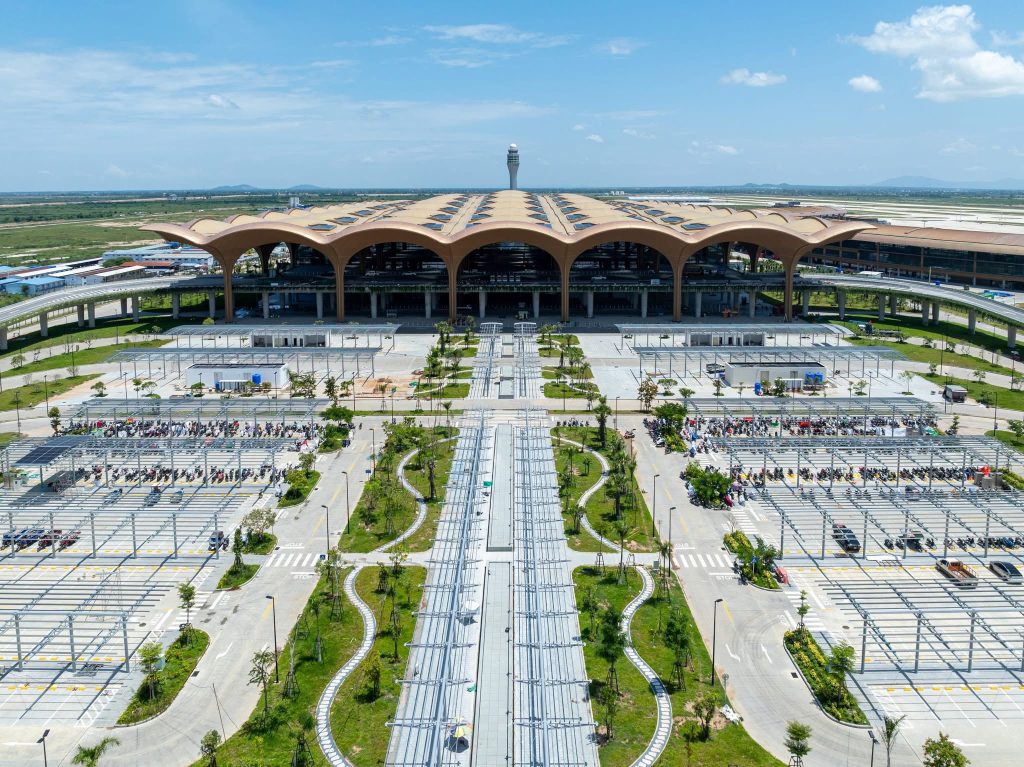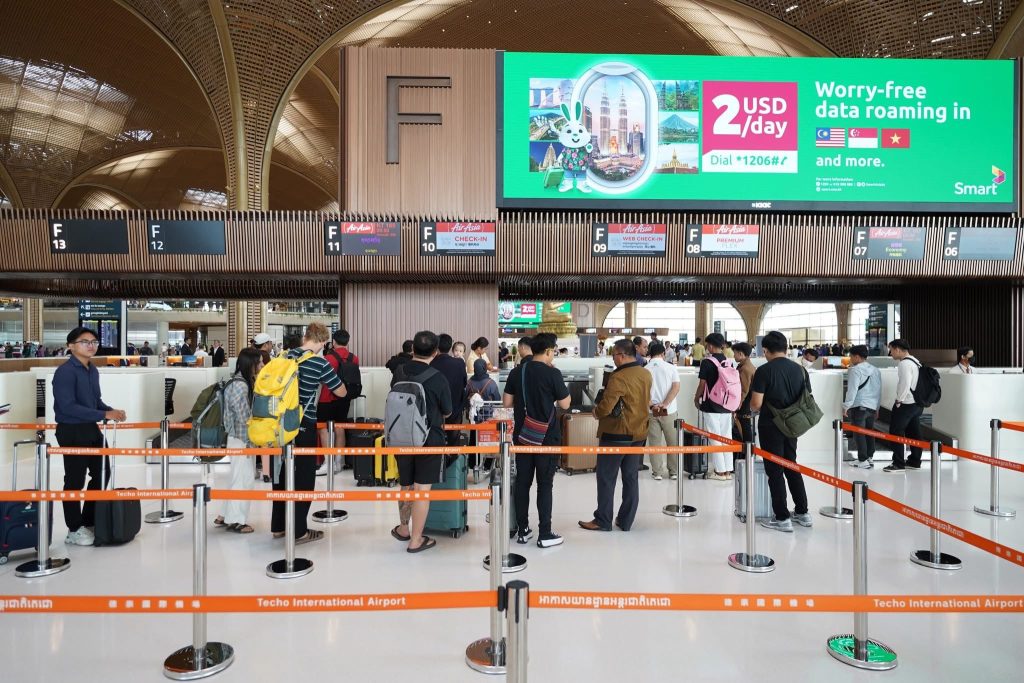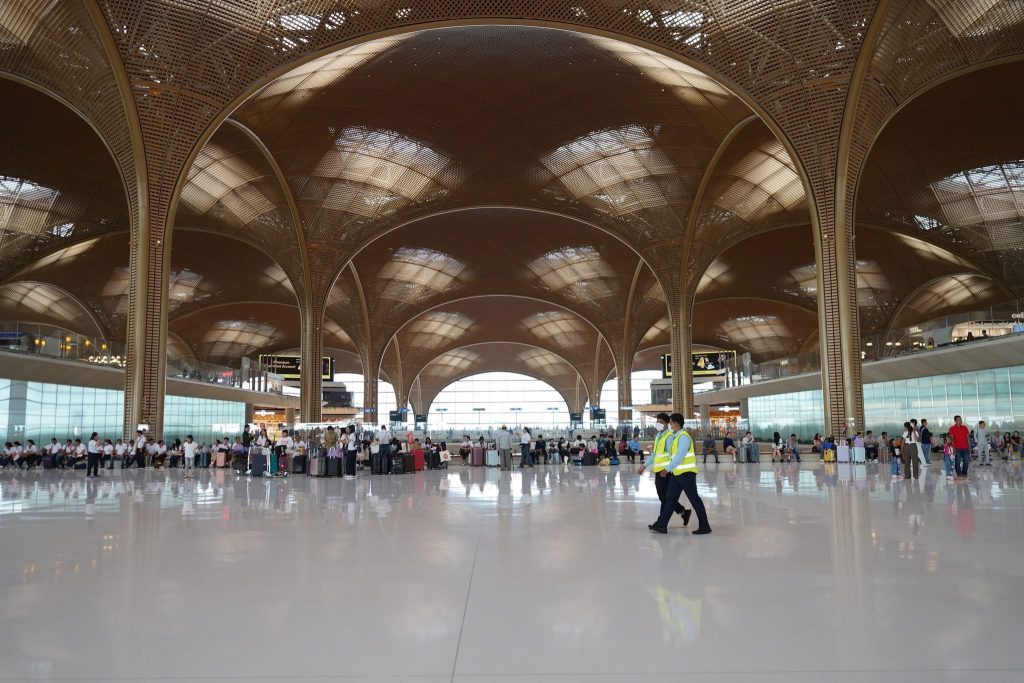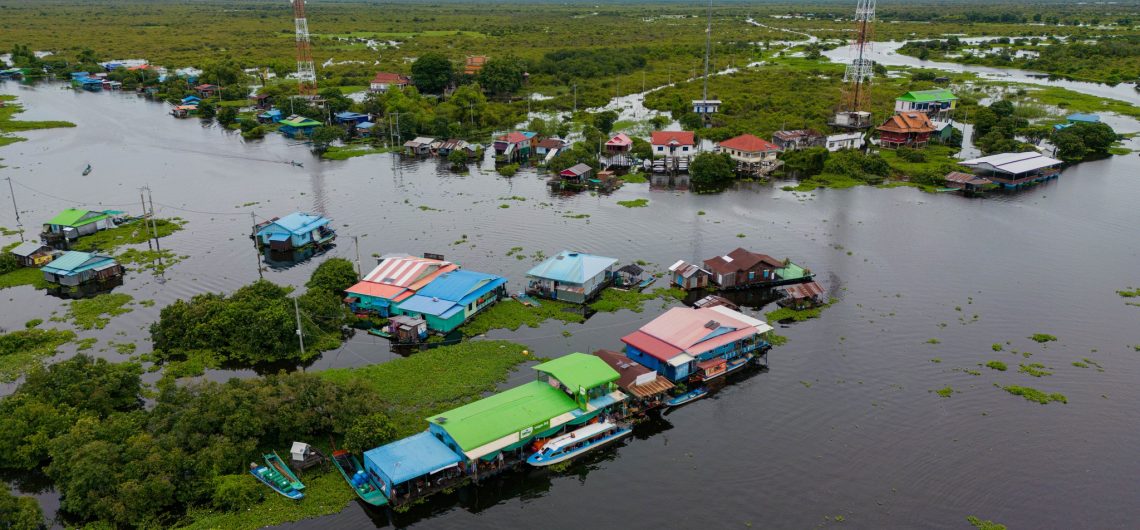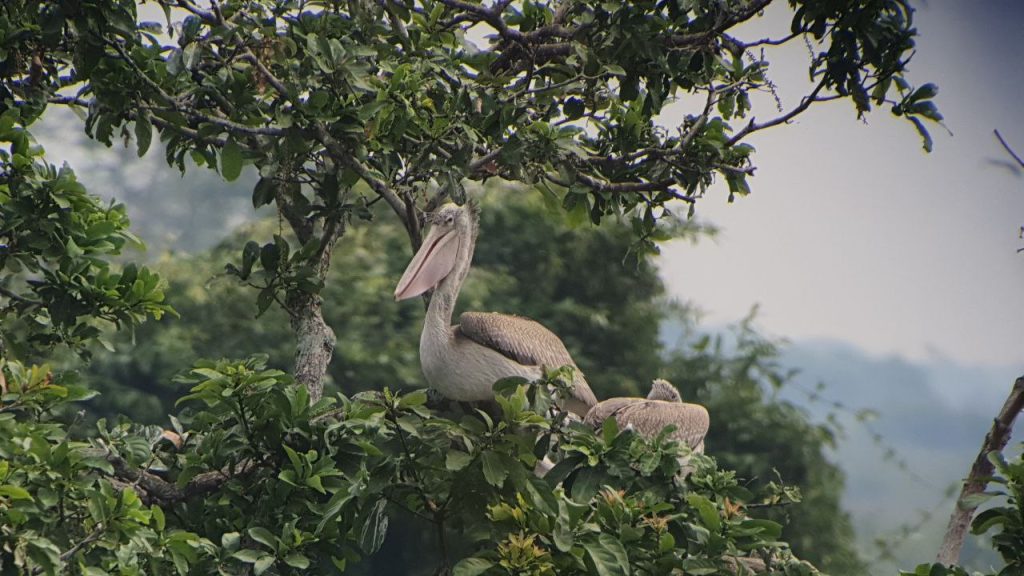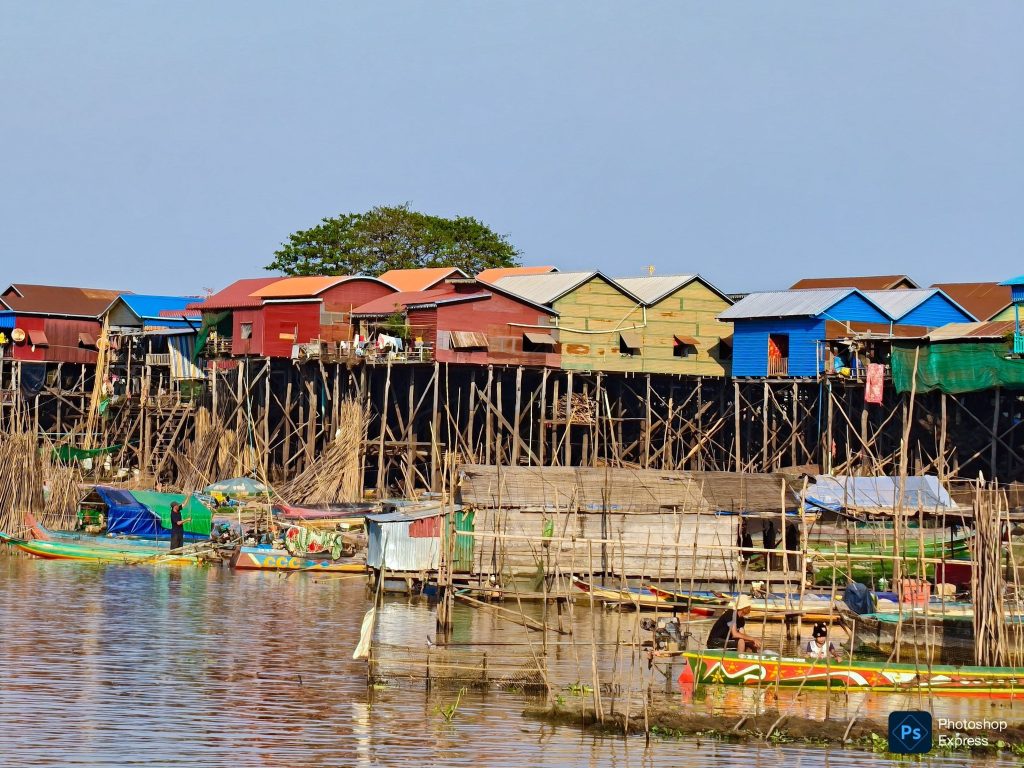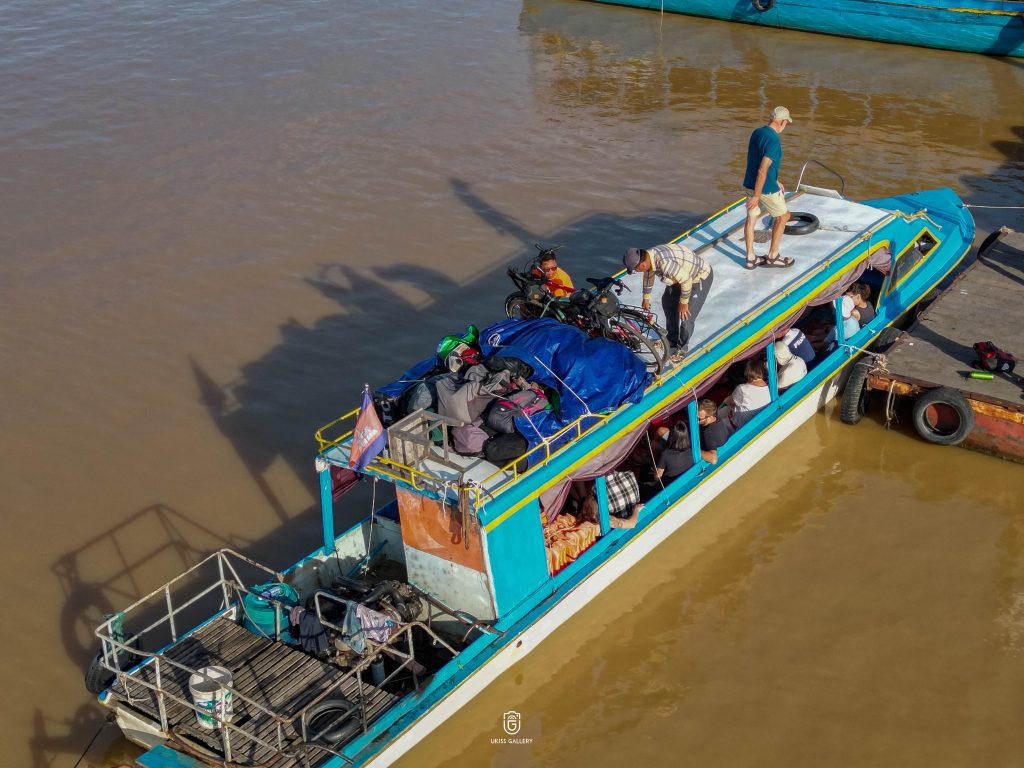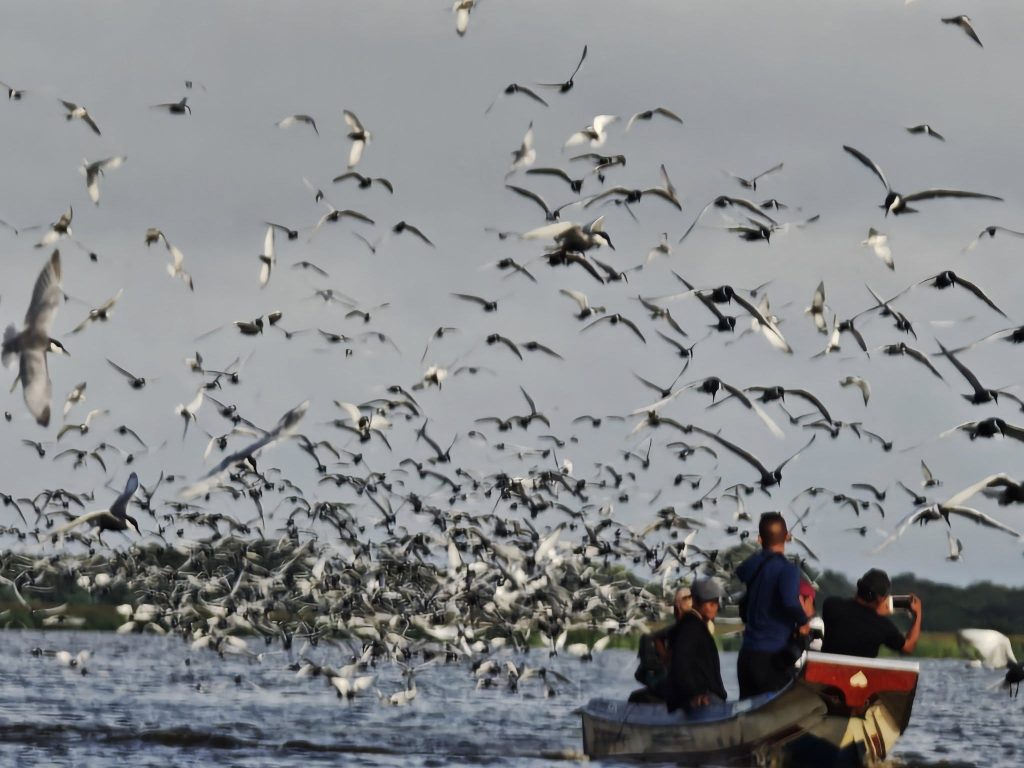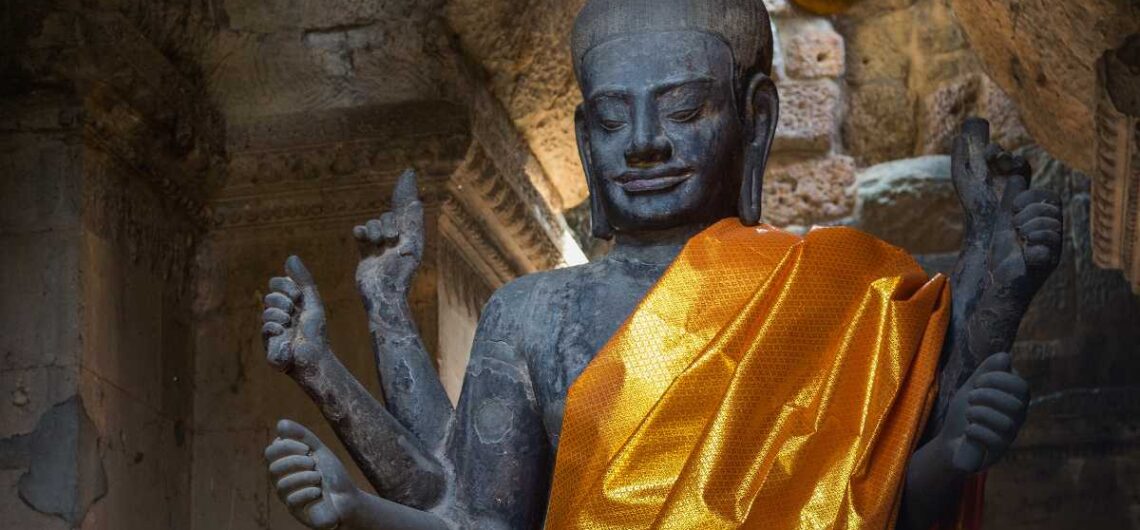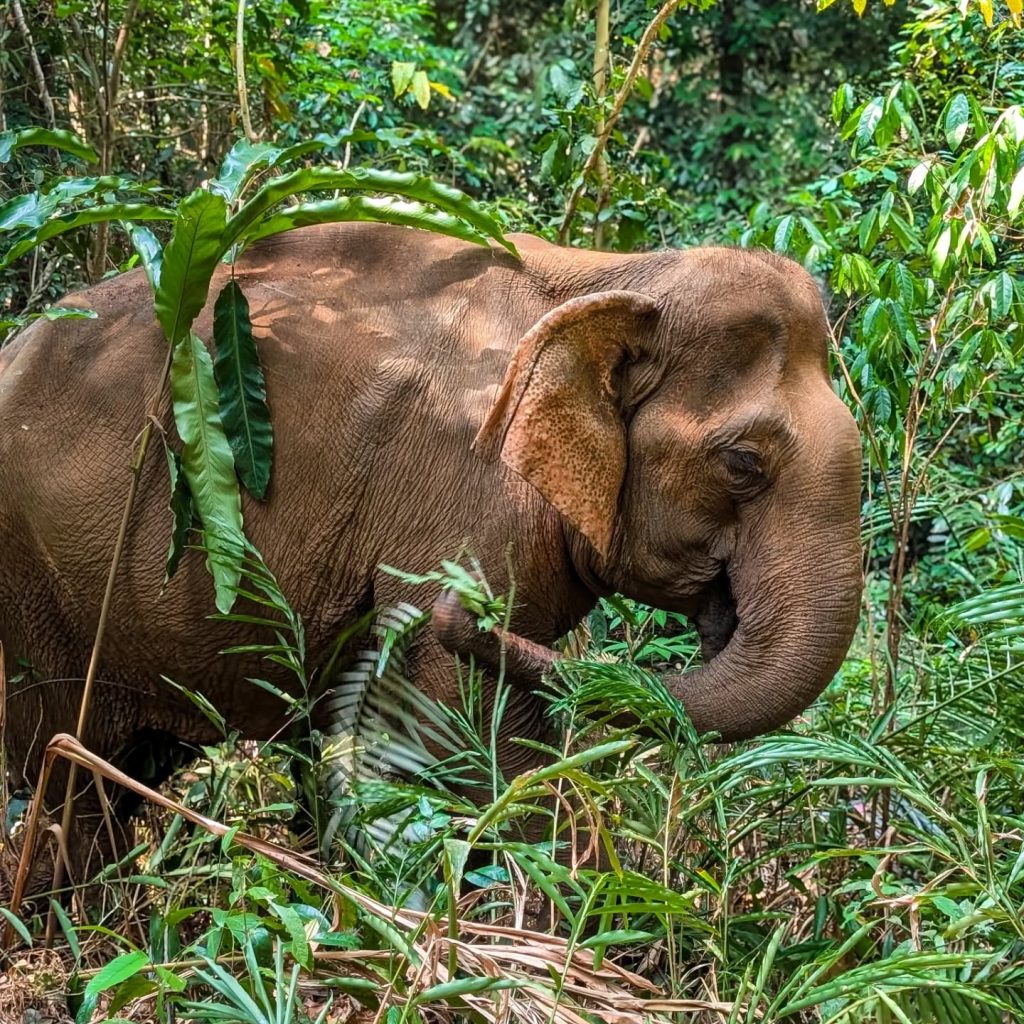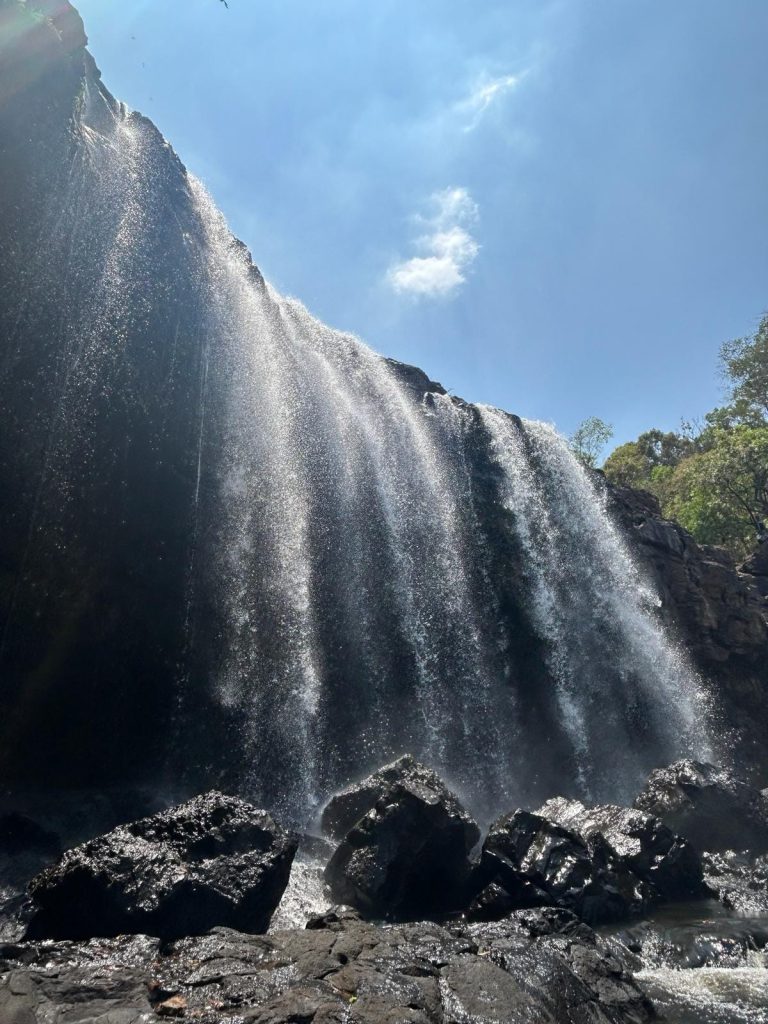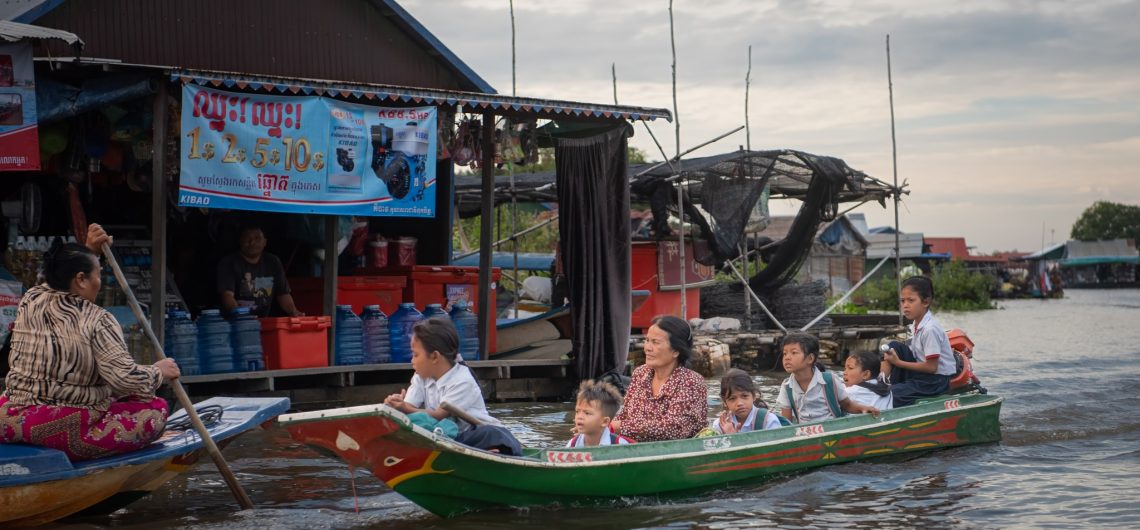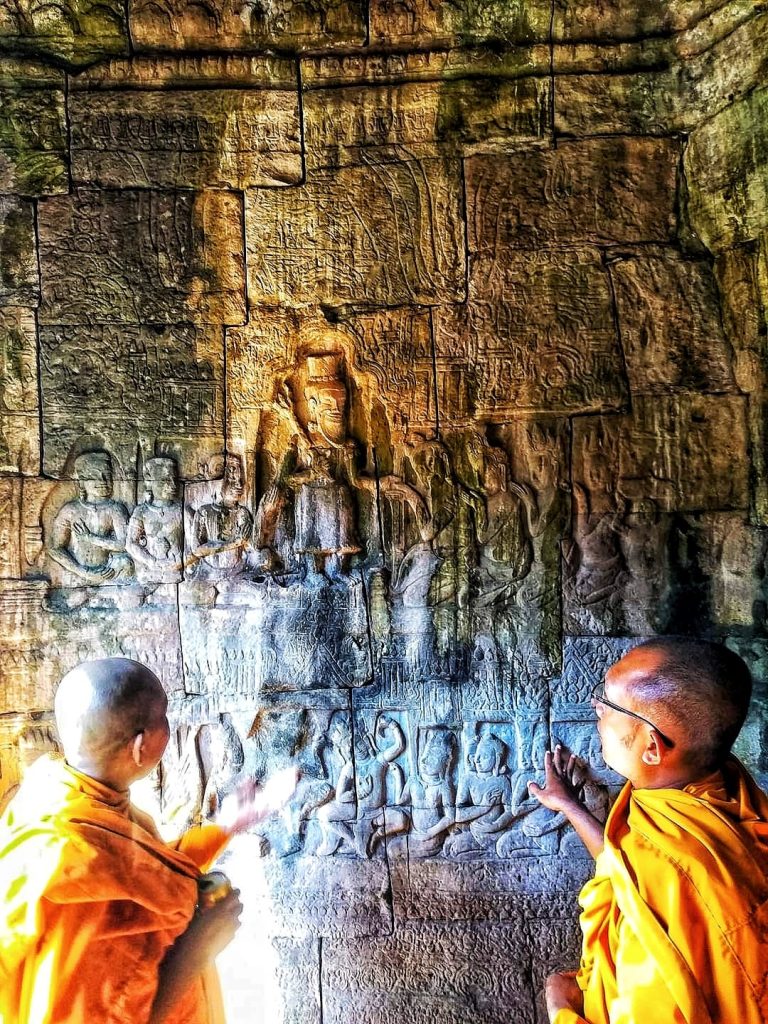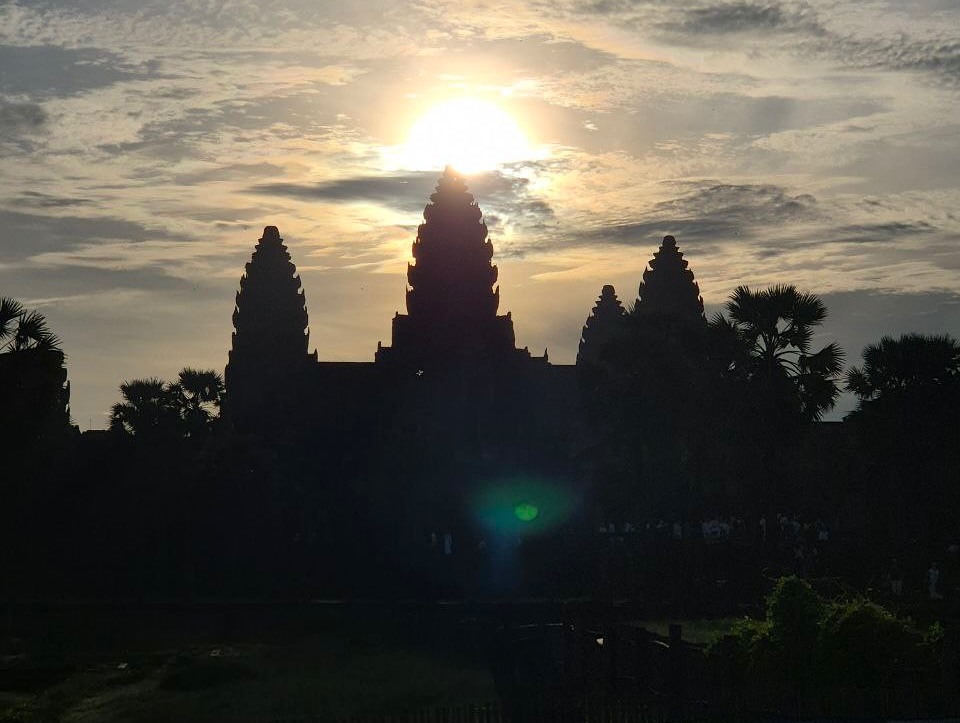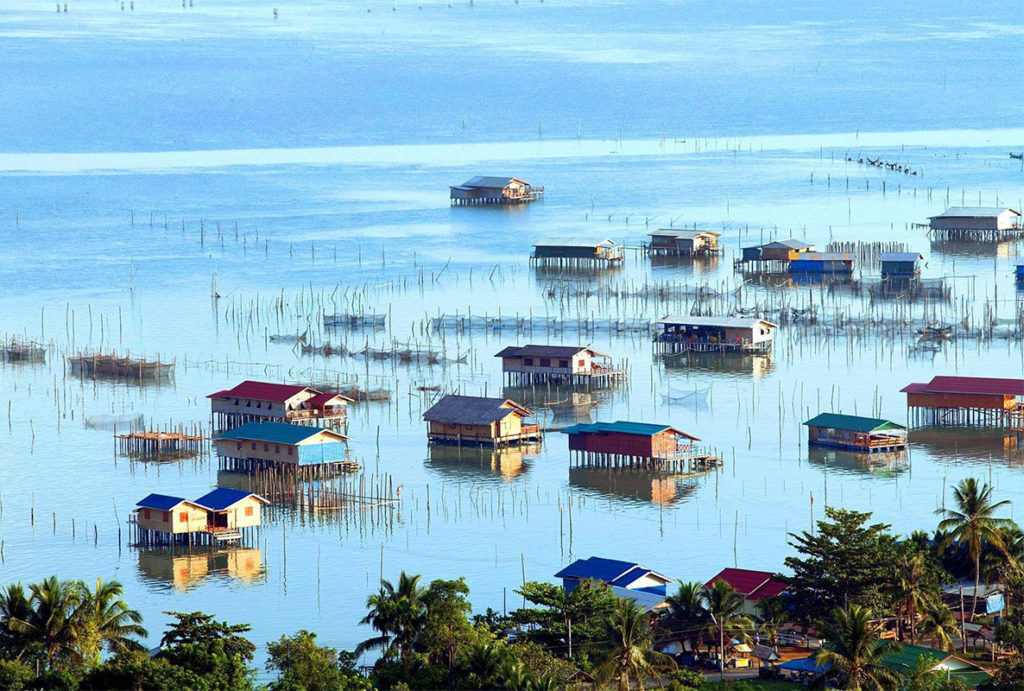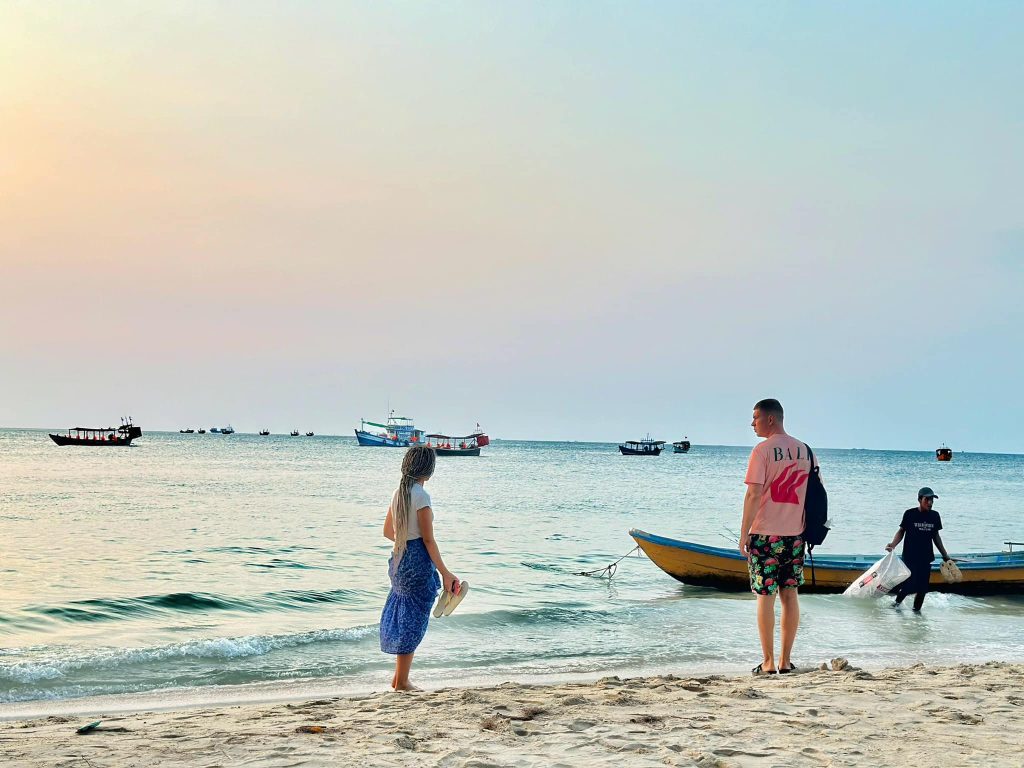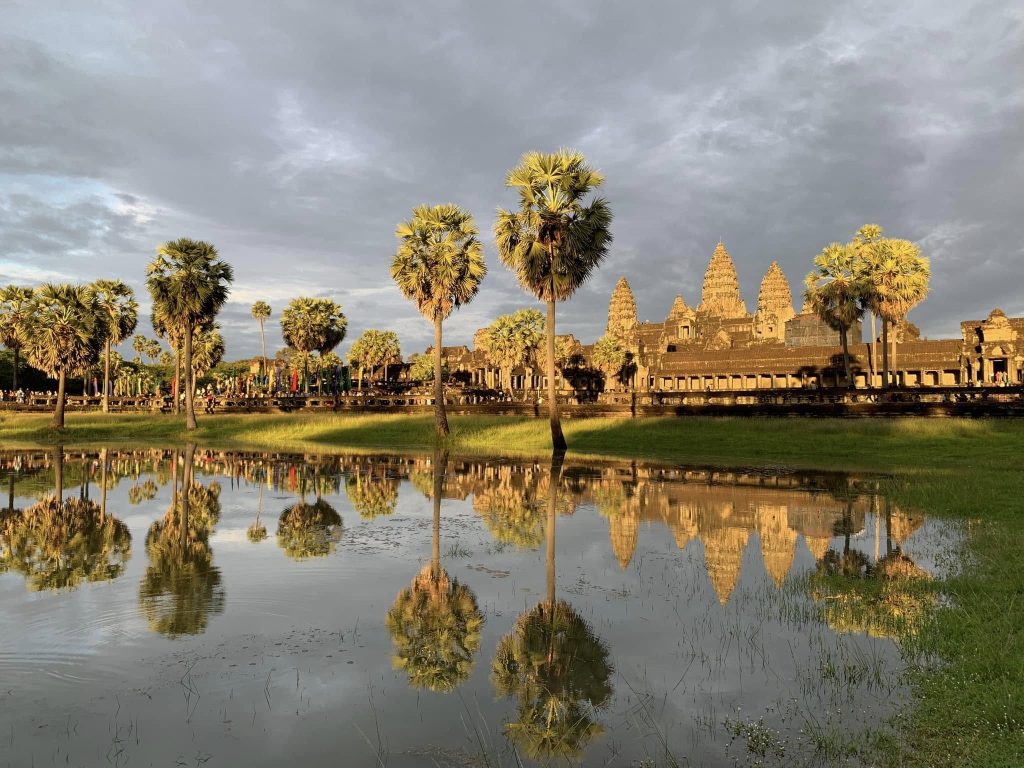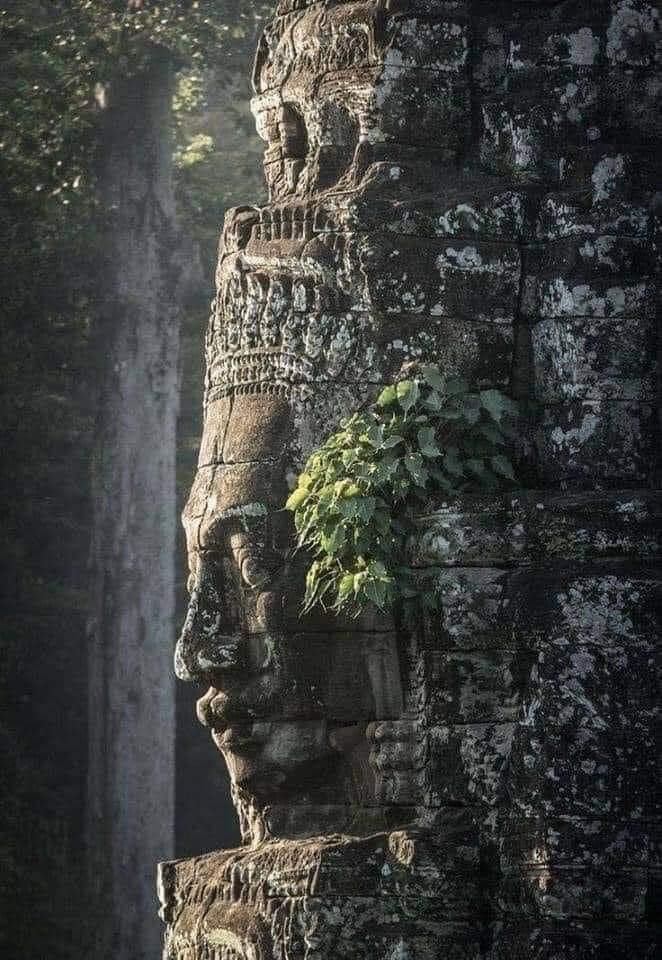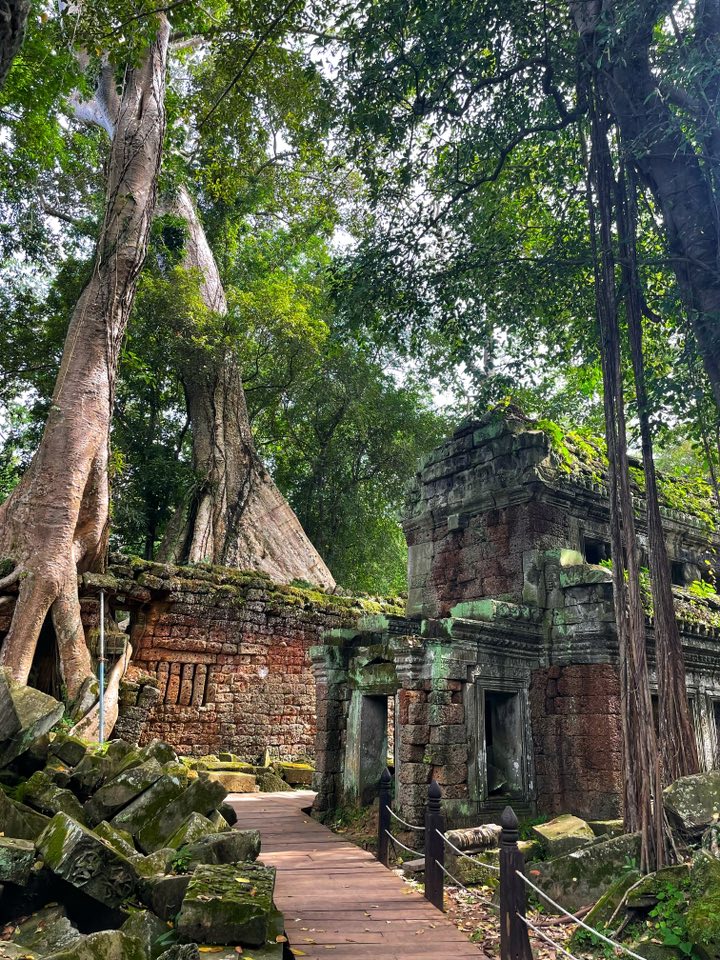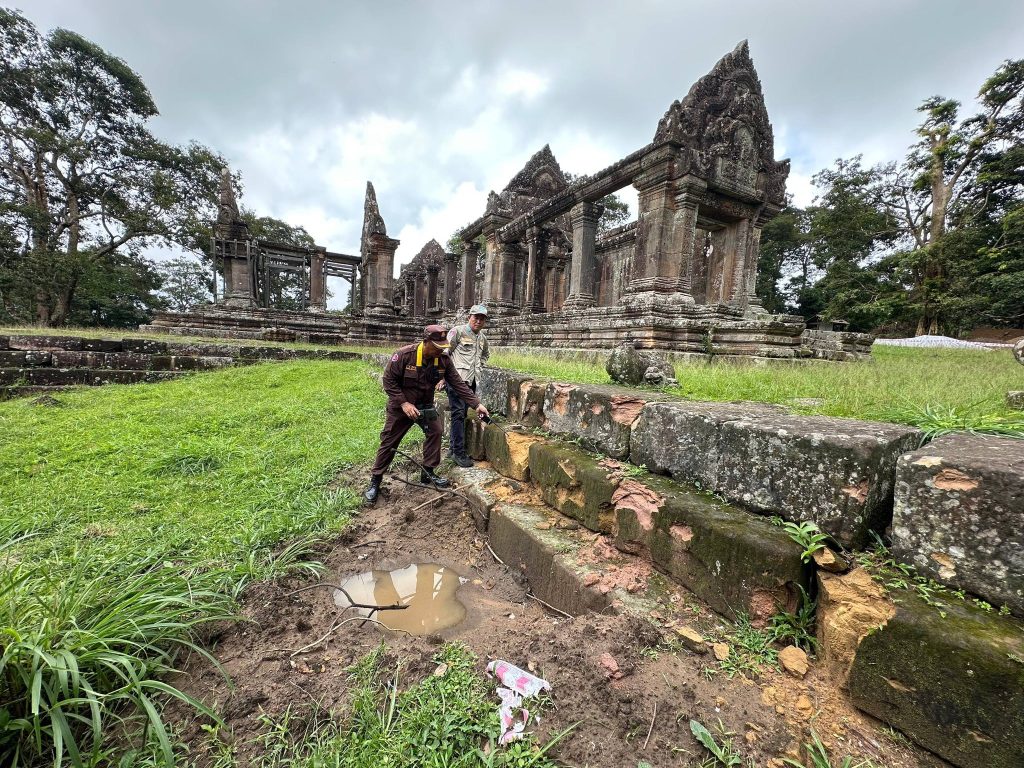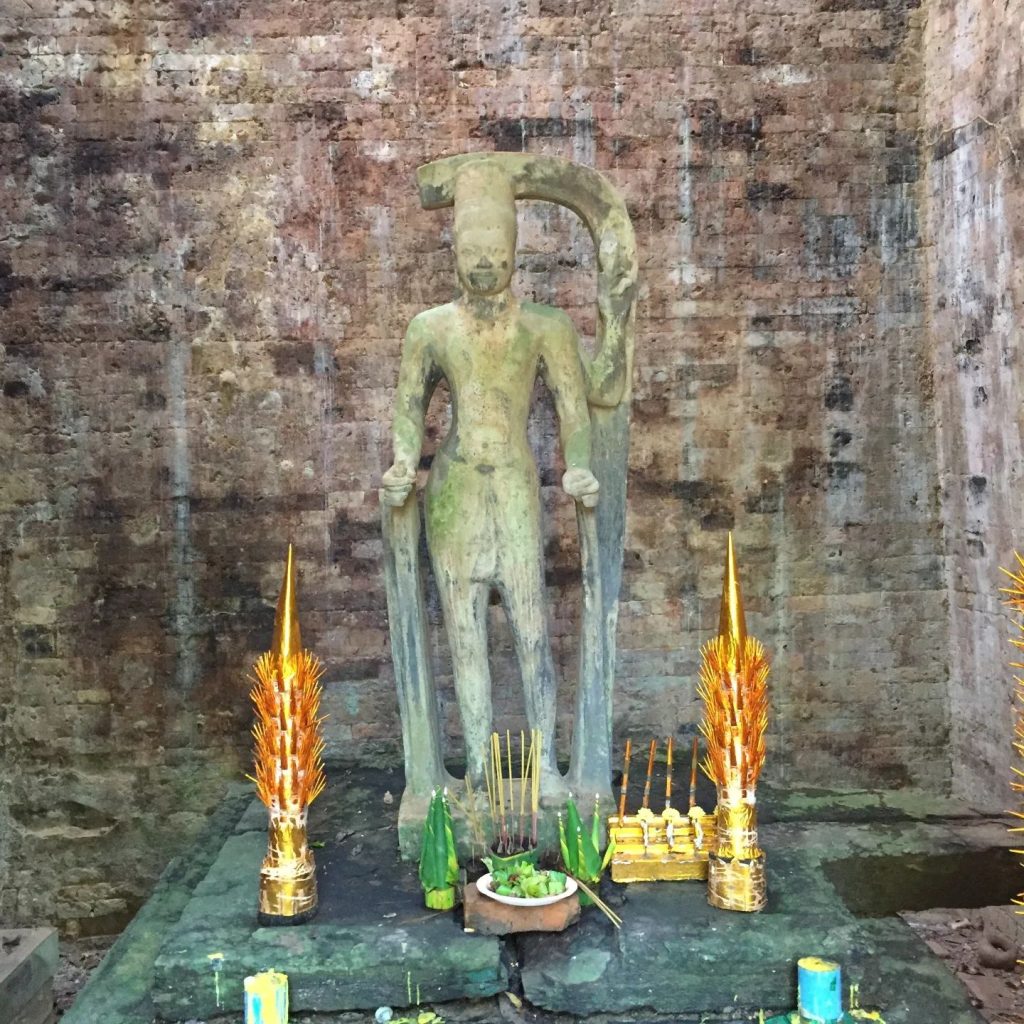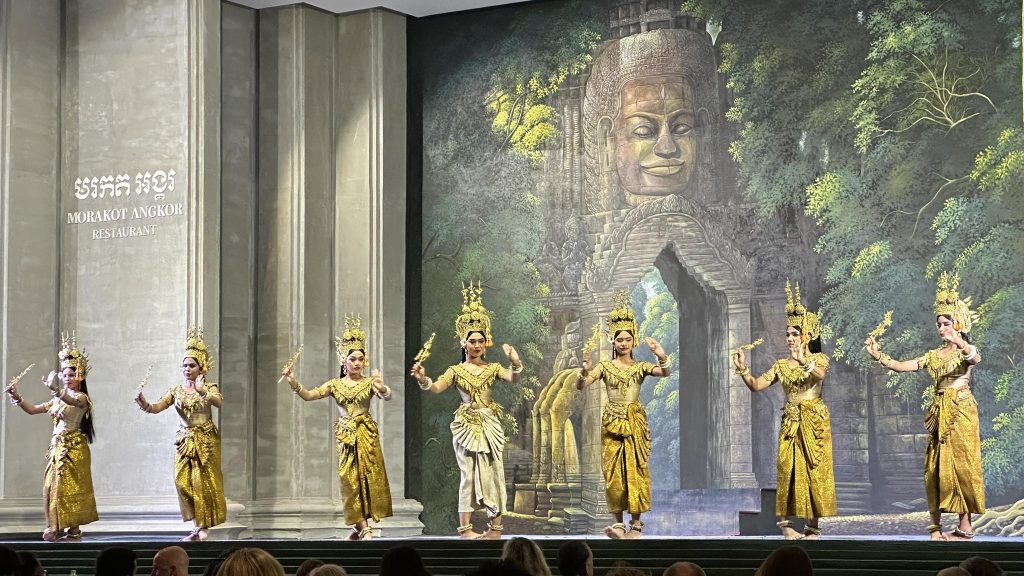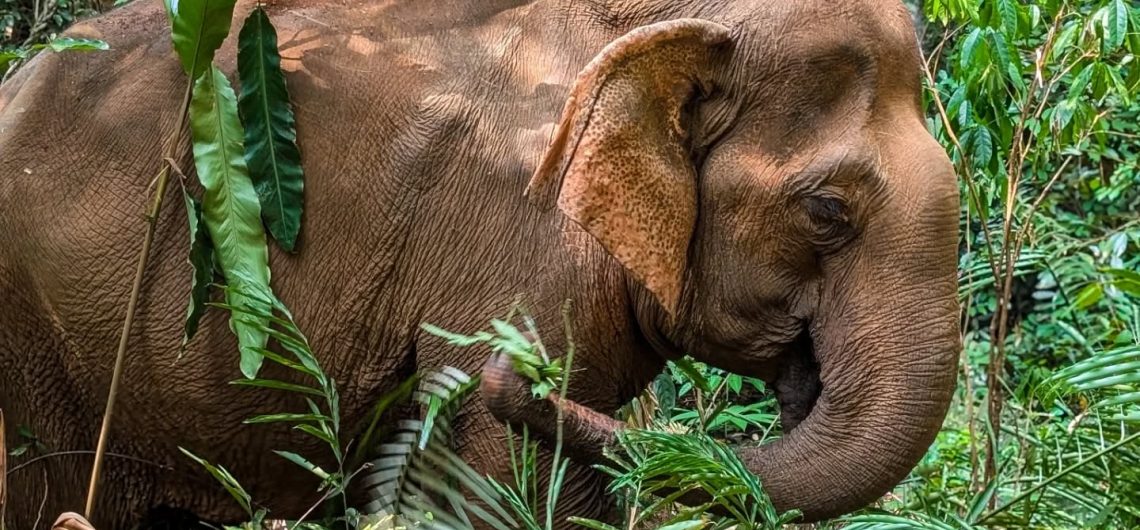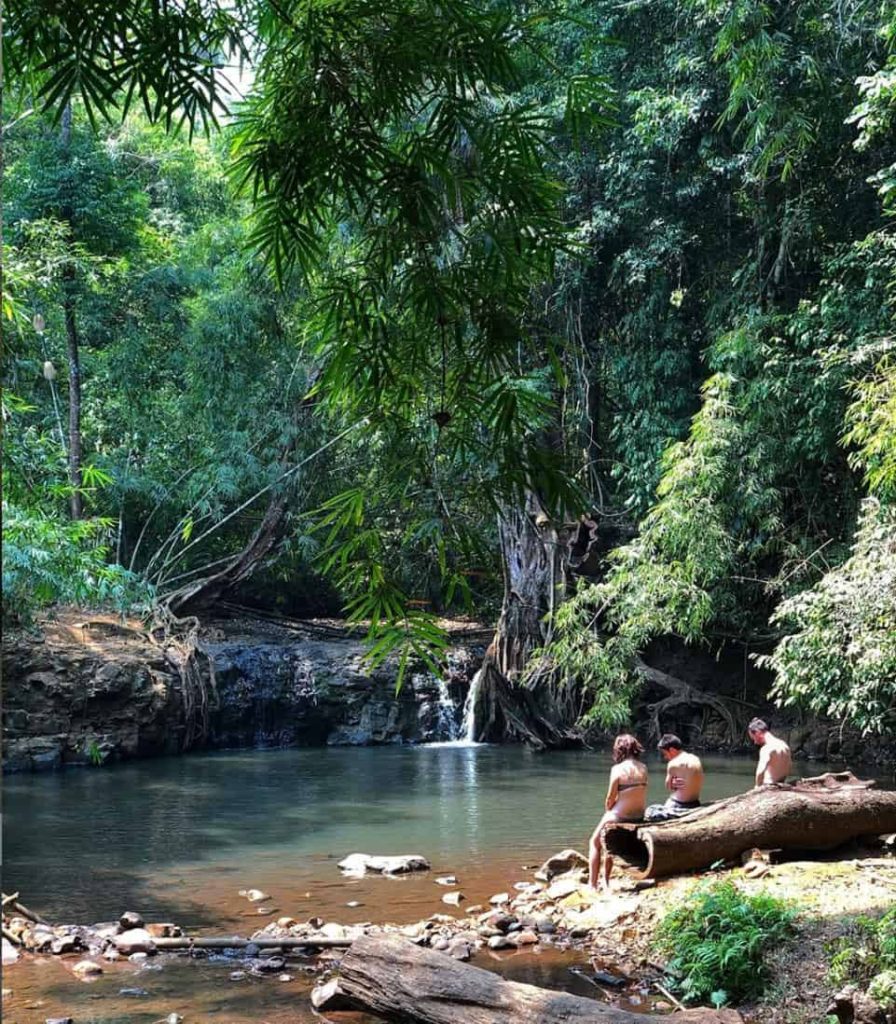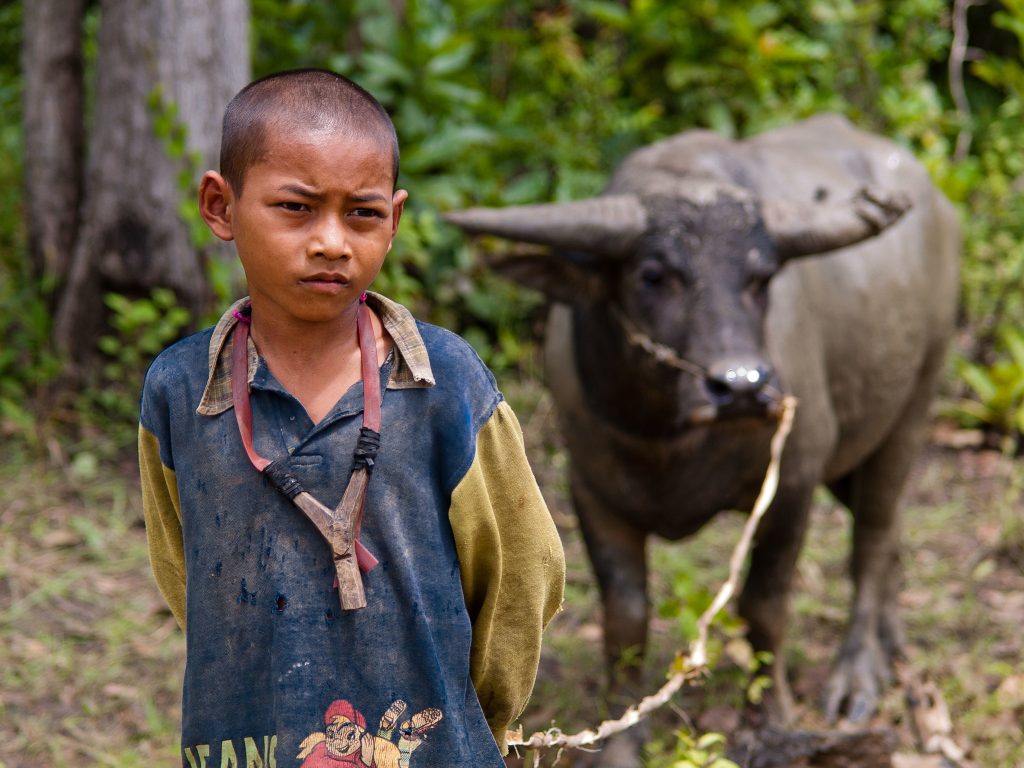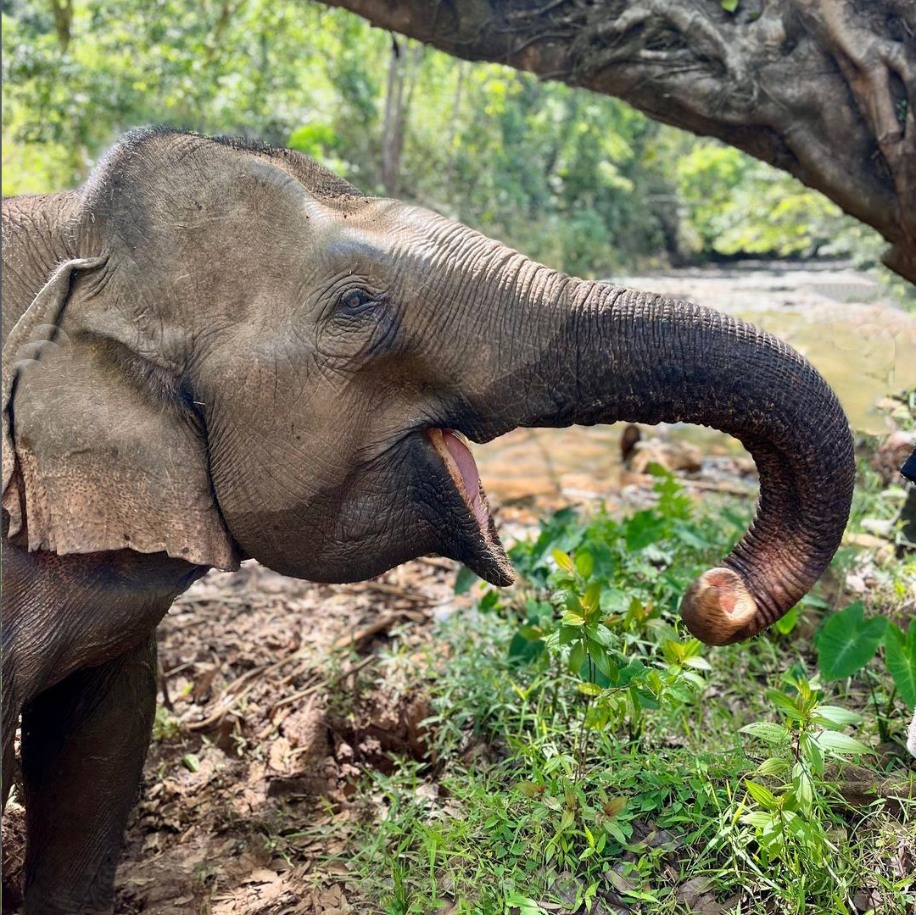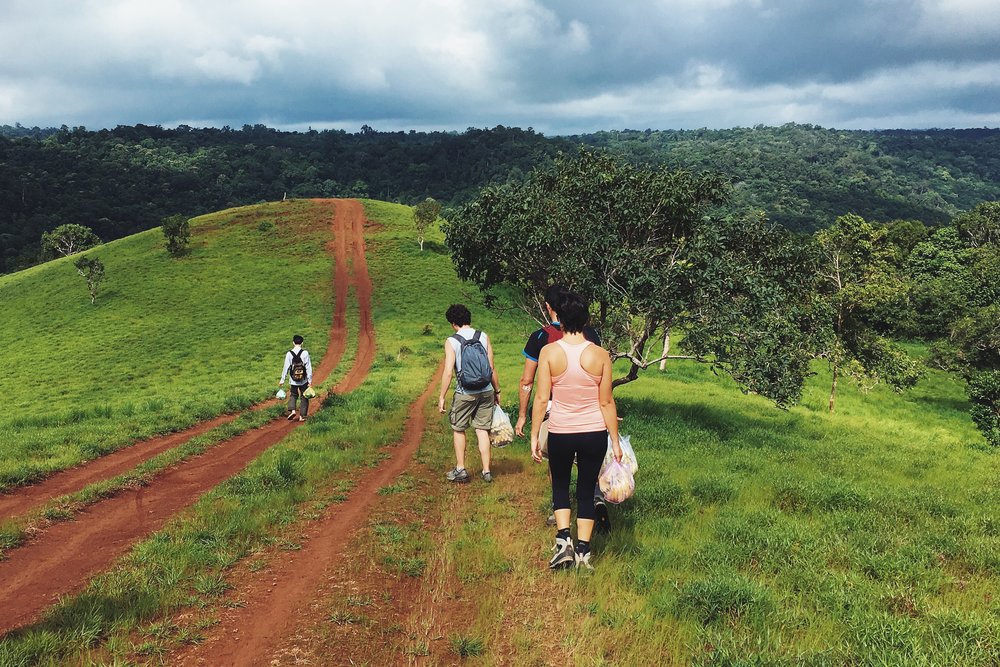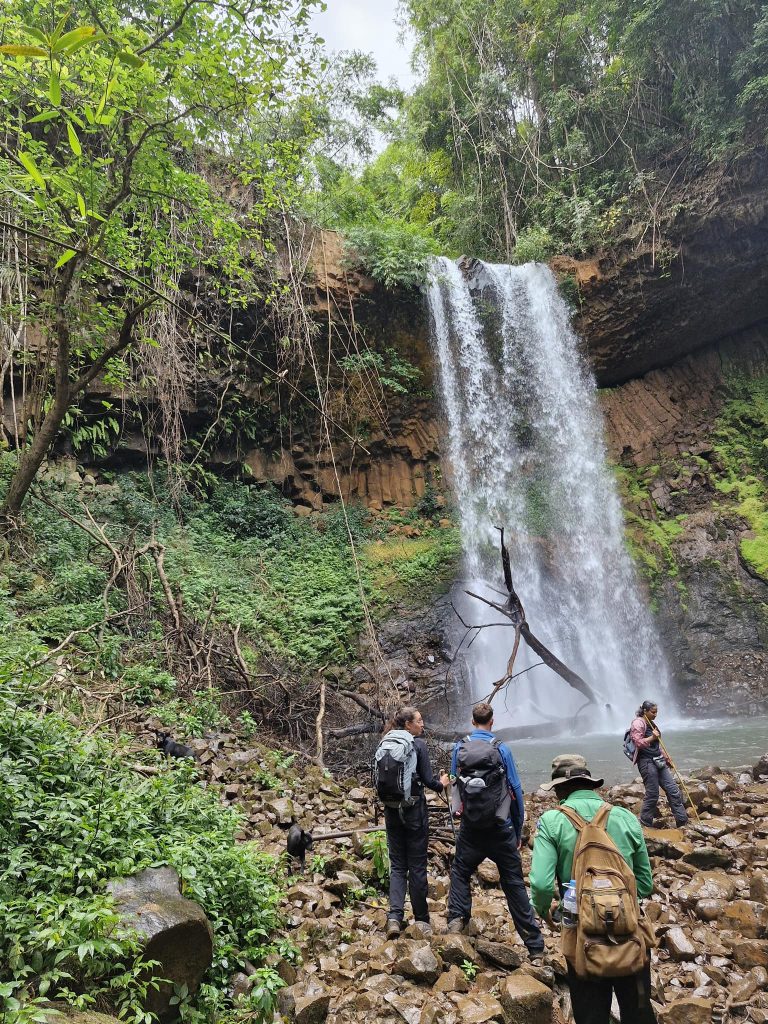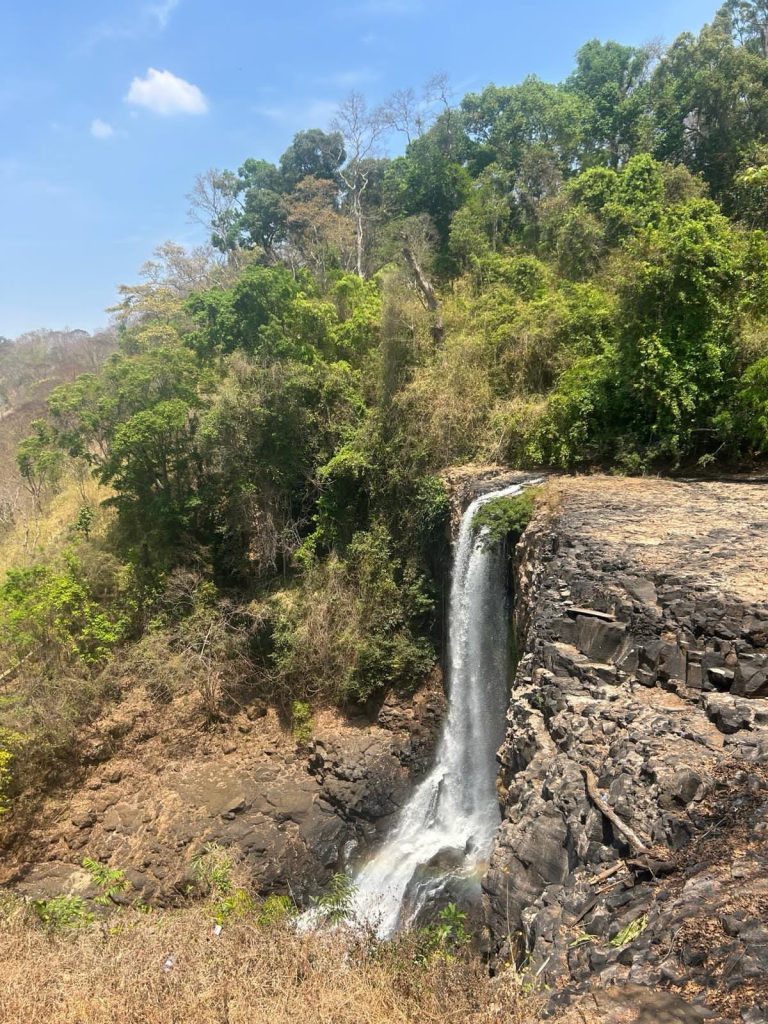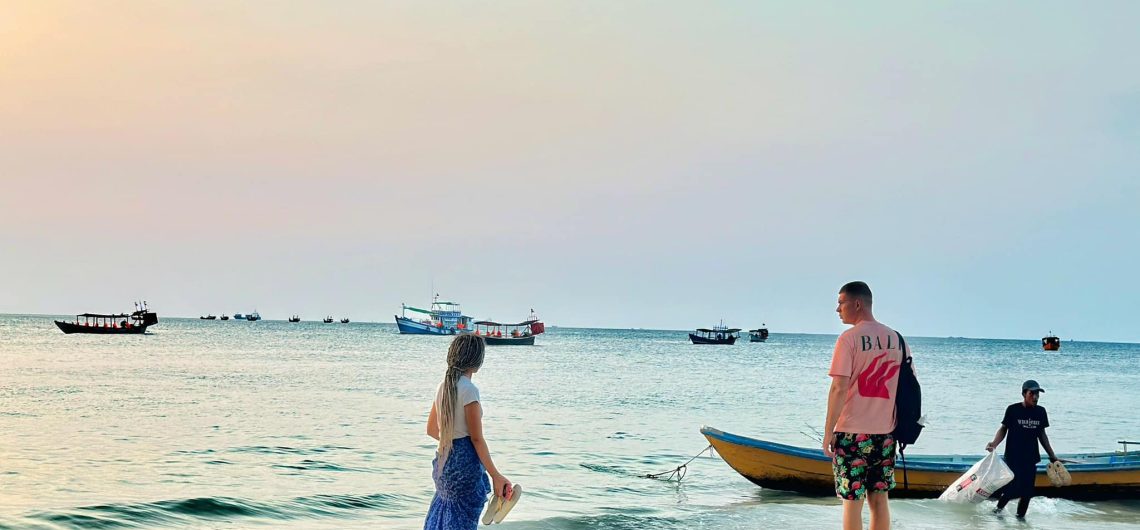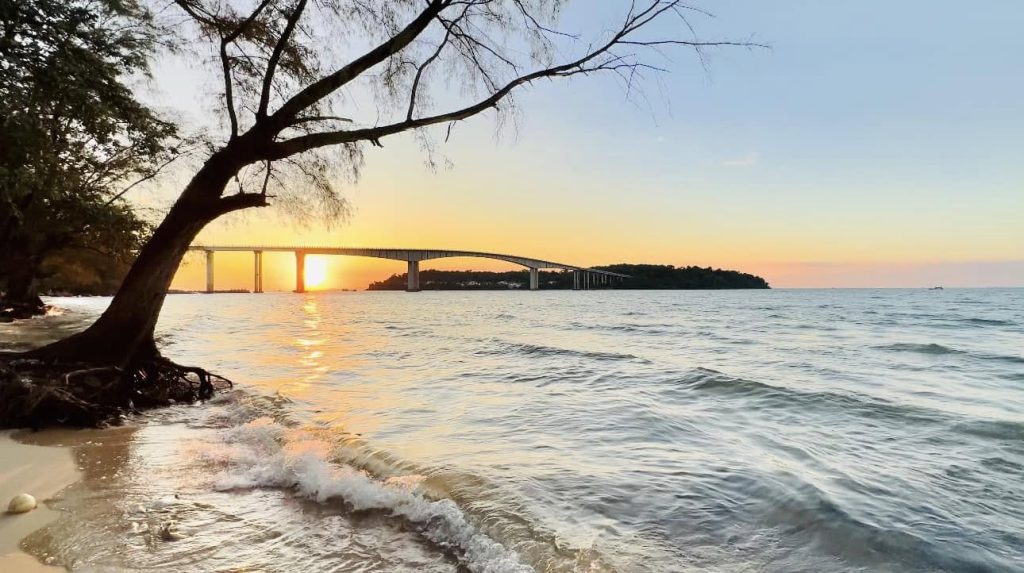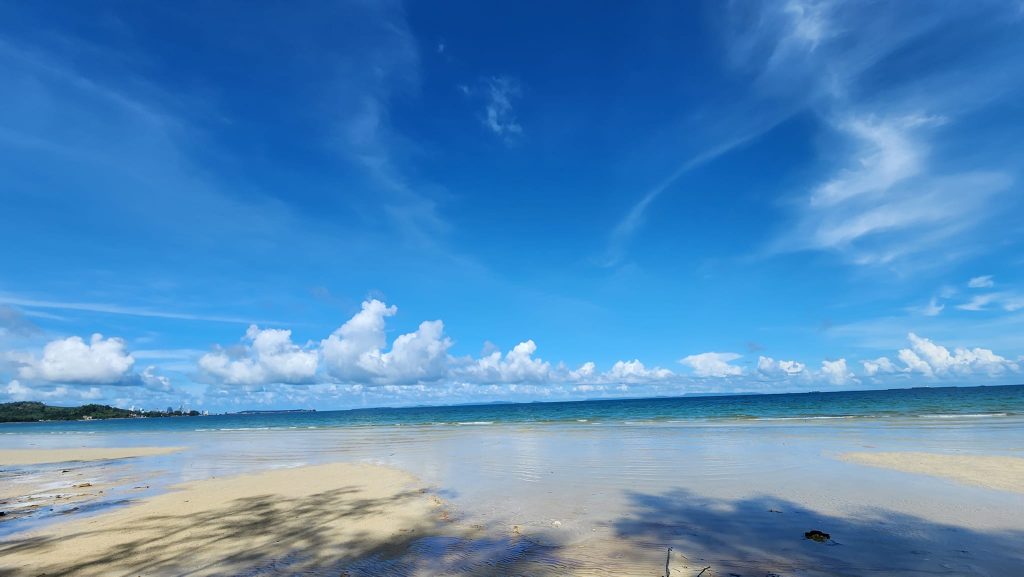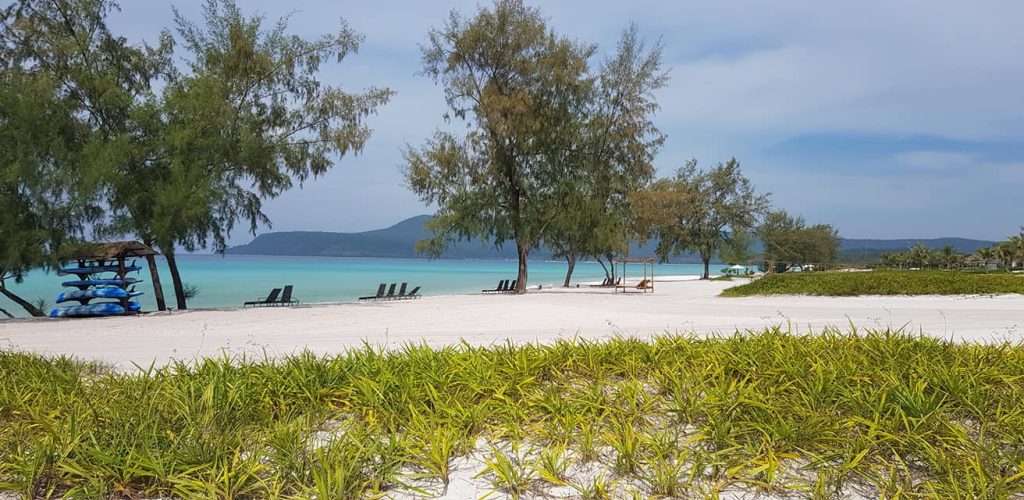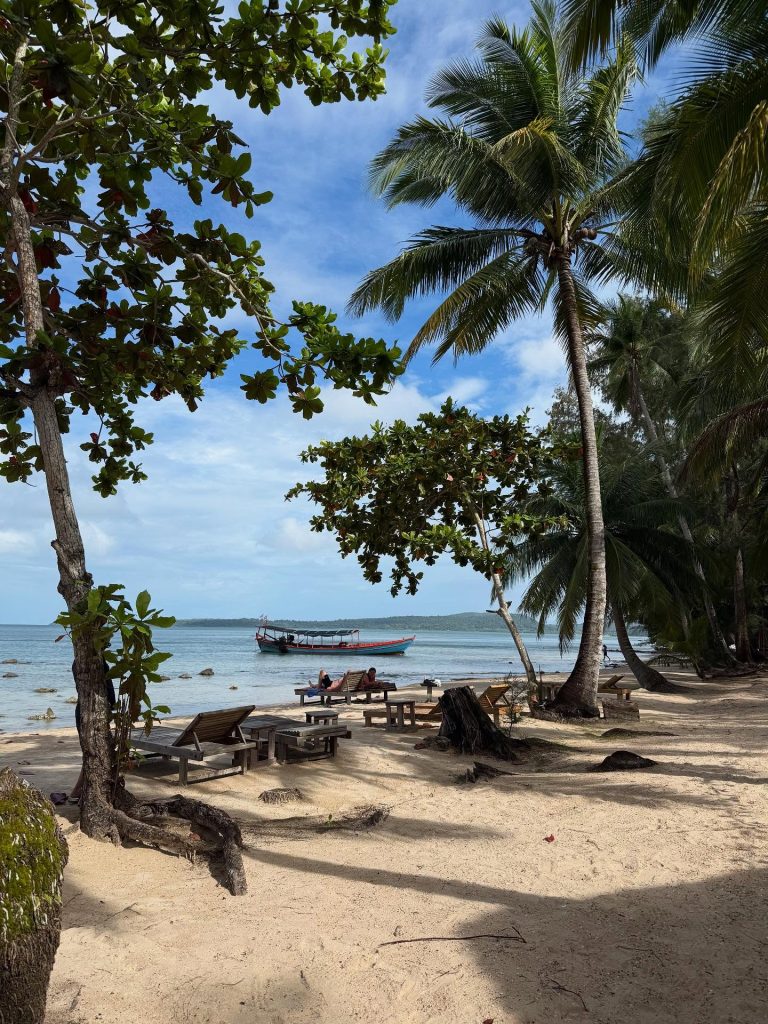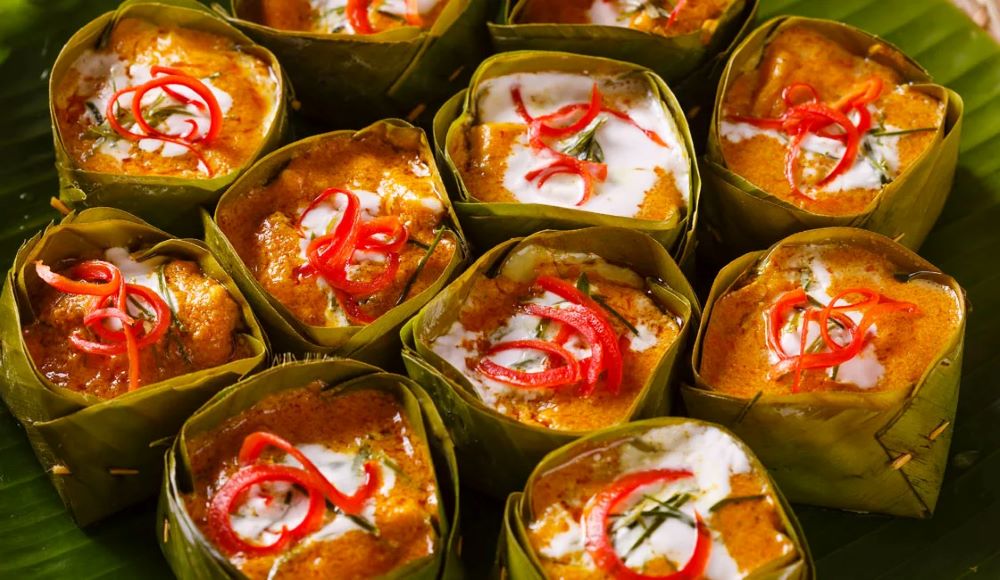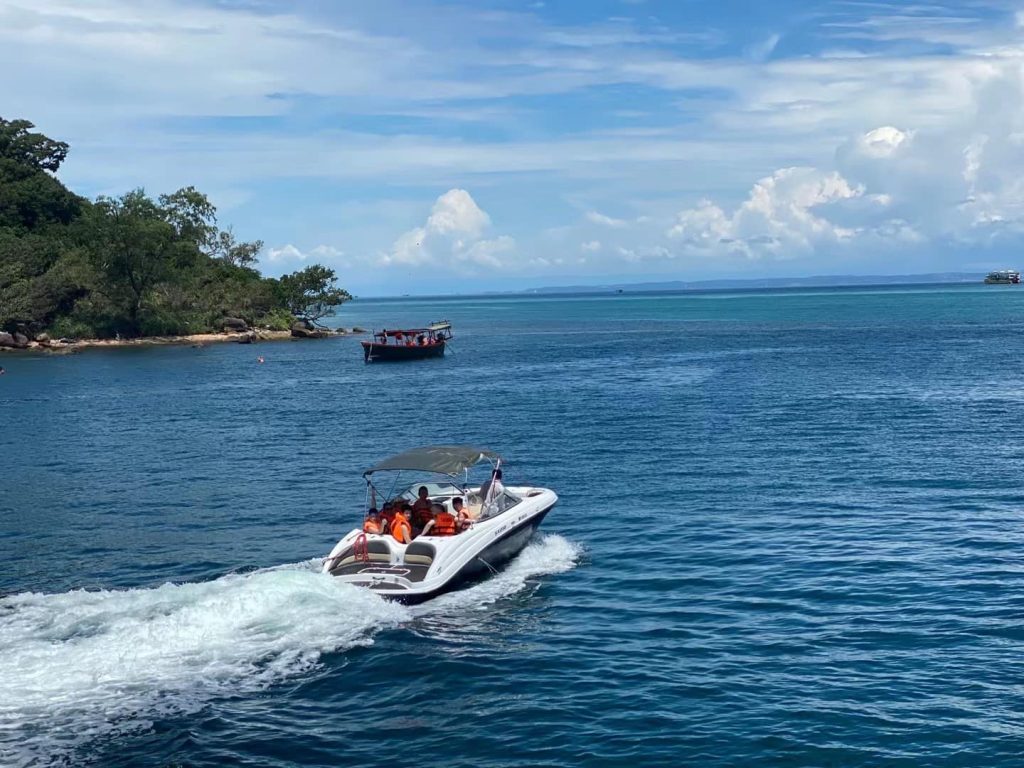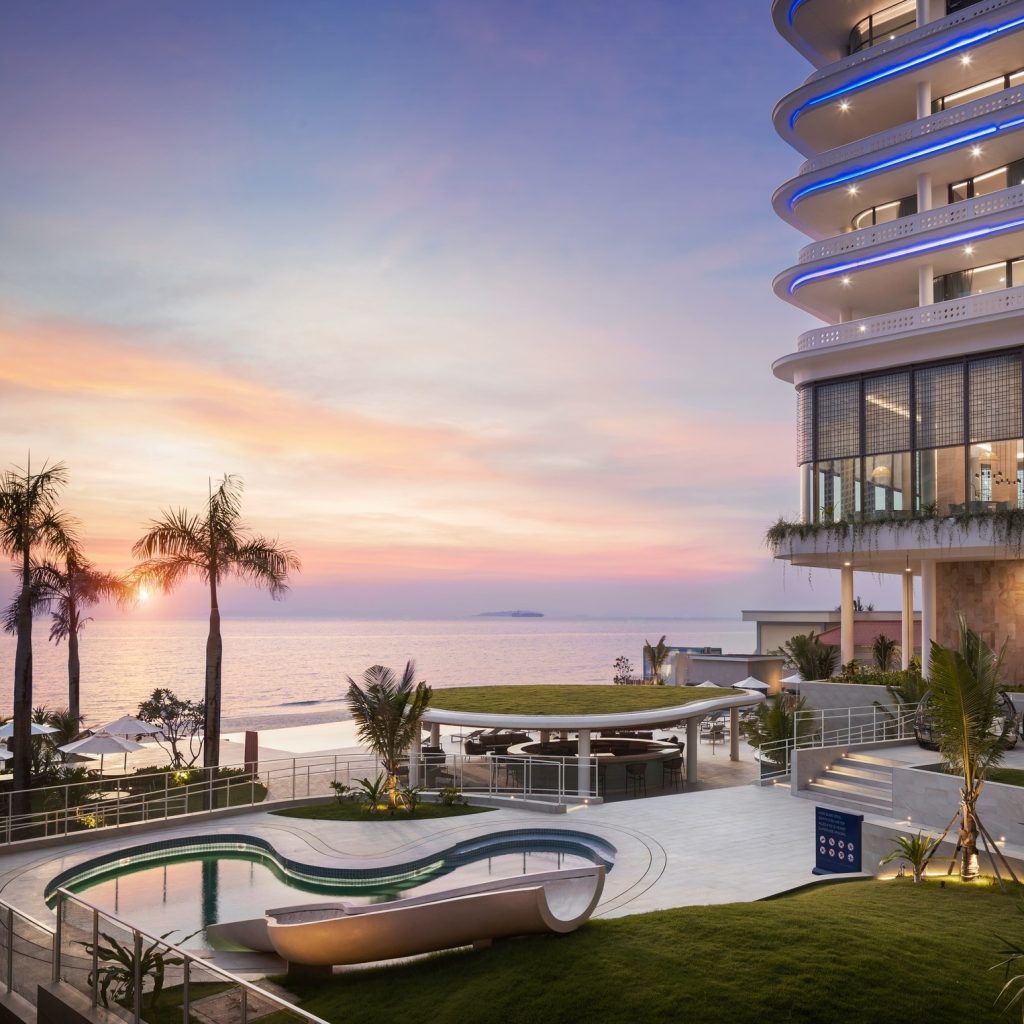Planning your Cambodia itinerary? Learn everything about how to get around Cambodia — planes, buses, boats, trains, and tuk-tuks — with tips for comfort, safety, and budget.
Cambodia, the land of Angkor temples, floating villages, and idyllic islands, is a country where every journey is as much a part of the adventure as the destination. From the bustling capital Phnom Penh to the mystical ruins of Siem Reap and the sun-drenched beaches of Sihanoukville, getting around Cambodia requires some planning. Luckily, the country offers a wide variety of transportation options — from modern flights and buses to charming tuk-tuks and scenic boat rides.
This guide explains the best ways of getting around Cambodia, helping travelers choose the right option depending on distance, budget, comfort, and the kind of experience they’re looking for.
Domestic Flights in Cambodia

Flying is the fastest way to cover long distances across Cambodia, especially when traveling between major cities.
- Main airports: Phnom Penh Techno International Airport (KTI), Siem Reap International Airport (SAI), and Sihanoukville International Airport (KOS).
- Routes: The most popular flights are Phnom Penh ↔ Siem Reap (50 minutes), Phnom Penh ↔ Sihanoukville (45 minutes), and Siem Reap ↔ Sihanoukville (1 hour).
- Airlines: Cambodia Angkor Air (flag carrier), Lanmei Airlines, and sometimes regional carriers from neighboring countries.
When to choose flights
- If you want to save time between Phnom Penh and Siem Reap instead of taking a 6–7 hour bus ride.
- If you’re connecting Cambodia with regional hubs like Bangkok, Ho Chi Minh City, or Kuala Lumpur.
- If you plan to reach the southern beaches and islands quickly.
Tips:
- Book in advance during high season (Nov–Feb).
- Flights are more expensive than buses but affordable compared to Western prices.
- Luggage restrictions can be strict on smaller planes.
Buses and Minivans
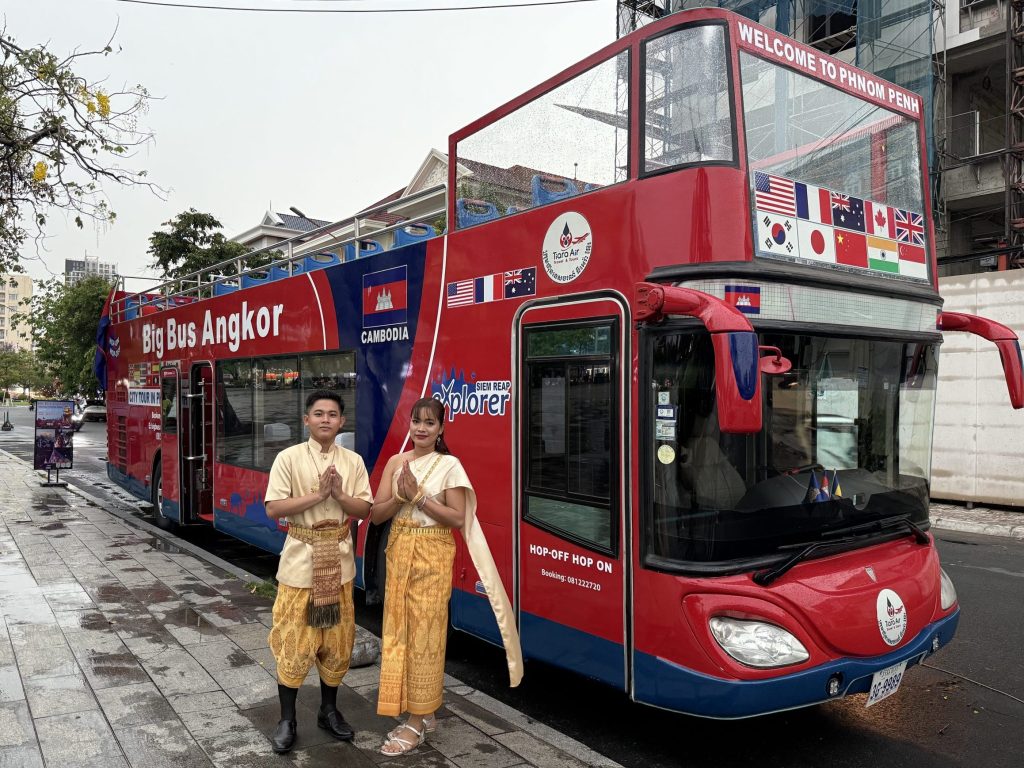
For most travelers, buses and minivans are the backbone of getting around Cambodia. They are cheap, reliable, and connect almost every city and town.
- Bus companies: Giant Ibis (popular with tourists), Mekong Express, Virak Buntham, and Cambodia Post VIP Van.
- Amenities: Air-conditioning, reclining seats, Wi-Fi (sometimes), and English-speaking staff on tourist-oriented lines.
- Routes:
- Phnom Penh ↔ Siem Reap: 6–7 hours
- Phnom Penh ↔ Sihanoukville: 5–6 hours
- Phnom Penh ↔ Battambang: 5–6 hours
- Phnom Penh ↔ Kampot/Kep: 3–4 hours
Minivans
- Faster and more direct than buses but less comfortable due to limited space.
- Great for short routes like Phnom Penh ↔ Kampot.
Tips:
- Buy tickets online or through hotels.
- Choose reputable companies for safety and reliability.
- Expect delays due to traffic and road conditions.
Trains in Cambodia
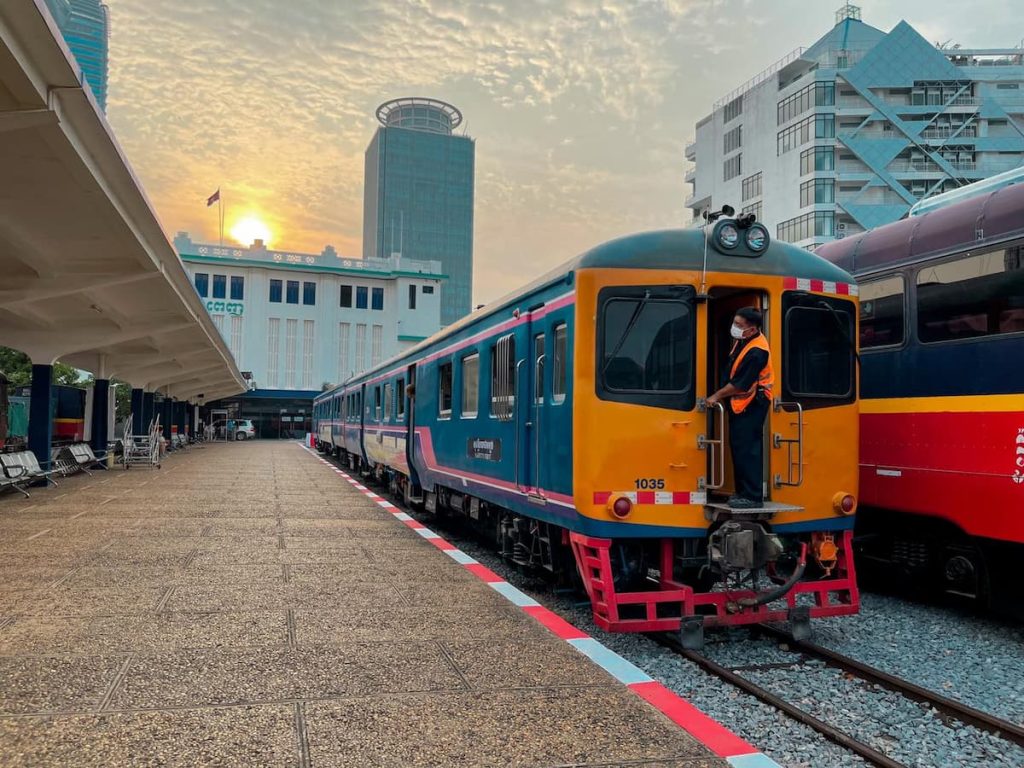
Cambodia’s rail system was nearly abandoned in the past but has recently been revived by Royal Railway. While still limited, trains offer a unique and scenic alternative to buses.
- Phnom Penh ↔ Sihanoukville: The most popular line, taking about 7 hours. Ideal for beachgoers who prefer a slower but safer route.
- Phnom Penh ↔ Poipet (Thai border): Useful for overland connections to Bangkok.
- Phnom Penh ↔ Battambang: Limited services but a good cultural experience.
Pros & Cons
- Pros: Spacious seats, chance to mingle with locals, safer than highways.
- Cons: Slower than buses, infrequent schedules, and delays are common.
Tip: Take the train if you want a relaxed, scenic journey and aren’t pressed for time.
Boats and Ferries
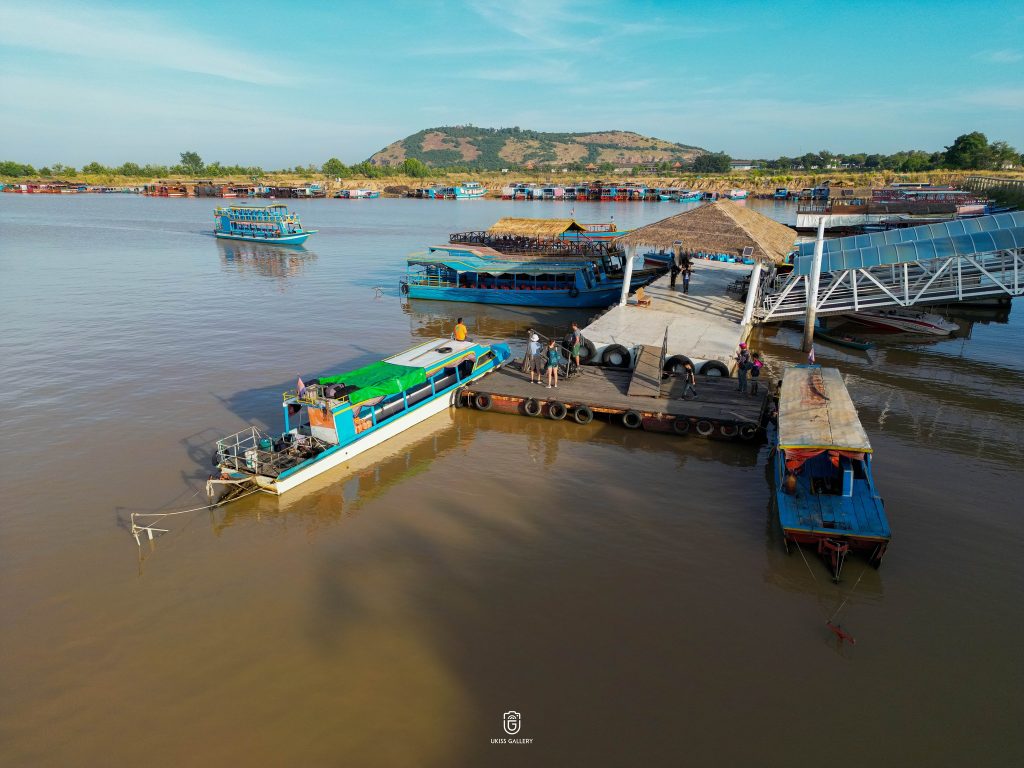
Given Cambodia’s rivers and lakes, boats remain an authentic and memorable way to travel.
Tonlé Sap Lake
- A classic route is Siem Reap ↔ Battambang by boat (6–8 hours).
- Offers incredible views of floating villages and wetlands.
- Operates only in rainy season (Jul–Feb) when water levels are high.
Mekong River
- Regular ferries and luxury cruises connect Phnom Penh with southern Vietnam (Chau Doc, Ho Chi Minh City).
- River journeys offer a cultural and scenic immersion.
Islands (Koh Rong & Koh Rong Samloem)
- High-speed ferries run from Sihanoukville to these tropical islands.
- Duration: 45–60 minutes.
Tips:
- Boats are scenic but not always punctual.
- Check seasonal conditions (water levels and storms).
- For island ferries, book early in peak season.
Tuk-Tuks and Remorks
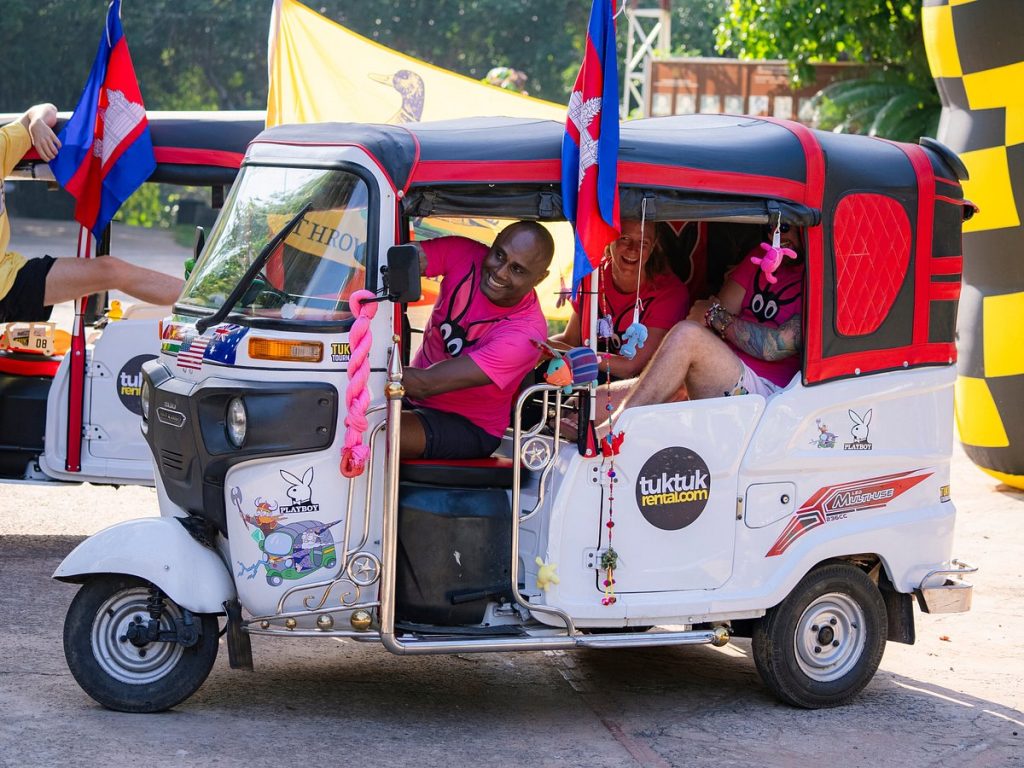
No trip to Cambodia is complete without a ride in a tuk-tuk, locally called “remork.” These three-wheeled vehicles are everywhere and offer the most authentic way to get around towns and cities.
- In Phnom Penh & Siem Reap: Ideal for short trips, sightseeing, or visiting the Angkor temples.
- Fares: Usually $2–$5 for city rides. Negotiate or use apps to avoid overpaying.
- Ride-hailing apps: Grab and PassApp provide fair pricing without bargaining.
Tip: For Angkor Wat, hire a tuk-tuk driver for the whole day (around $15–$25) for a flexible temple-hopping experience.
Motorbikes and Bicycles
For adventurous travelers, renting a motorbike or bicycle opens up the Cambodian countryside.
Motorbikes
- Rentals are widely available in Phnom Penh, Siem Reap, Kampot, and Sihanoukville.
- Costs: $6–$15 per day depending on bike type.
- Pros: Freedom, flexibility, and ability to explore off-the-beaten path.
- Cons: Road safety is an issue; international driving license may be required.
Bicycles
- Best for exploring Angkor Archaeological Park, Battambang’s countryside, and sleepy riverside towns like Kampot.
- Eco-friendly and slow-paced, perfect for cultural immersion.
Taxis and Private Cars
If comfort and convenience are priorities, taxis and private transfers are widely available.
- Booking: Through hotels, travel agencies, or apps like Grab.
- Cost:
- Phnom Penh ↔ Siem Reap: $75–$100 per car.
- Phnom Penh ↔ Sihanoukville: $70–$90 per car.
- Pros: Door-to-door service, flexible stops, privacy, and air-conditioning.
- Cons: More expensive than buses.
Tip: Private cars are ideal for families, groups, or travelers on tight schedules.
Furthermore, choosing a customized Cambodia tour with private car is one of the best ways to experience the country with comfort, flexibility, and personalized service. Unlike fixed bus schedules or crowded group tours, a private car allows you to travel at your own pace, stop at hidden villages, and enjoy spontaneous photo opportunities along the way. With an experienced local driver and guide, you’ll not only reach destinations like Angkor Wat, Battambang, or Kampot conveniently, but also gain insider knowledge about Cambodian culture, cuisine, and traditions. This option is especially valuable for families, couples, and small groups who want privacy and a stress-free journey.
The vehicle is air-conditioned, safe, and adapted to your itinerary — whether you need airport transfers, day trips, or multi-day circuits. A tailor-made Cambodia tour by private car combines comfort with authenticity, ensuring every journey becomes a memorable part of your adventure.
Ride-Hailing Apps & Modern Options
Cambodia has embraced digital ride-hailing, making city travel much easier.
- Grab: Covers taxis, tuk-tuks, and motorbike taxis in Phnom Penh and Siem Reap.
- PassApp: A local favorite for tuk-tuks with transparent pricing.
- Advantages: No need to negotiate; fares are shown upfront.
Travel Tips for Getting Around Cambodia
- Time vs. Budget: Flights save time; buses and trains save money.
- Seasonality: Boat routes depend on water levels. Travel can be disrupted in monsoon season (Jul–Sep).
- Safety: Always wear helmets on motorbikes. Keep belongings close in crowded buses.
- Booking: Use hotel desks, online platforms, or apps for convenience.
- Mix & Match: Combine different modes of transport for the best experience (flight + tuk-tuk + boat).
- Eco Travel: Choose bicycles or electric tuk-tuks for sustainable travel where available.
Conclusion
Getting around Cambodia is more than just moving from one place to another — it’s an adventure filled with contrasts. You can soar above the country on a short domestic flight, meander through rice paddies on a scenic train, cruise past floating villages on Tonlé Sap Lake, or weave through bustling streets in a tuk-tuk.
Whether you’re a backpacker on a budget, a family seeking comfort, or a traveler craving authentic local experiences, Cambodia has transportation options to match every style. Embrace the diversity, plan ahead, and let the journey itself become part of your Cambodian story.



